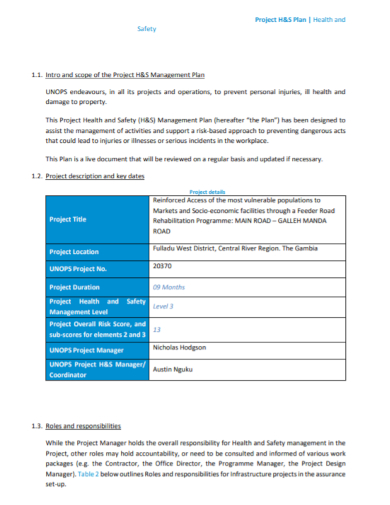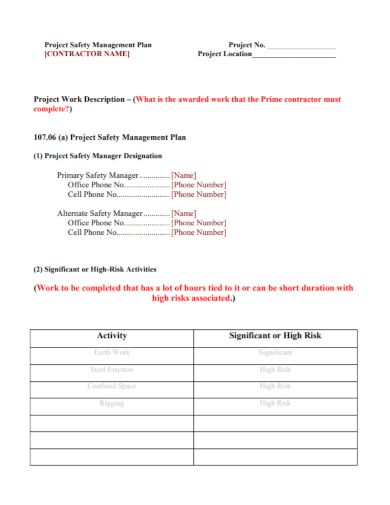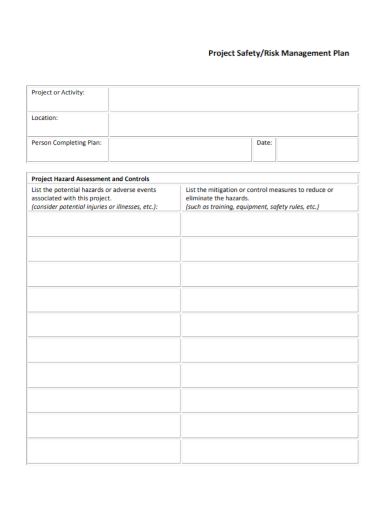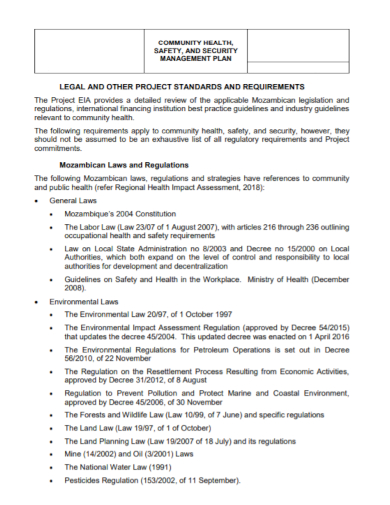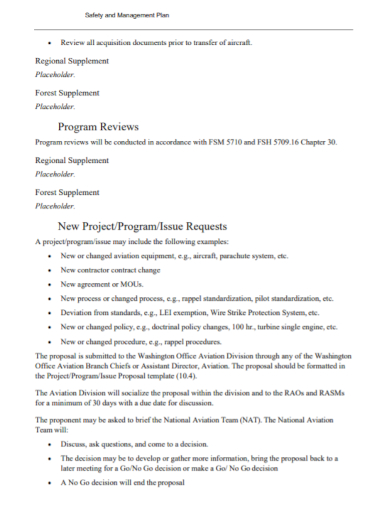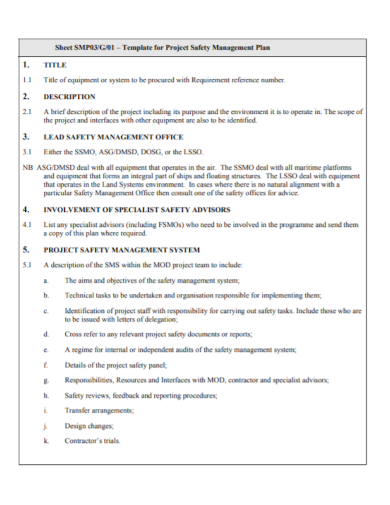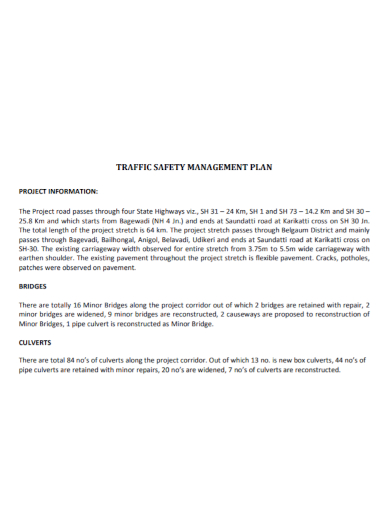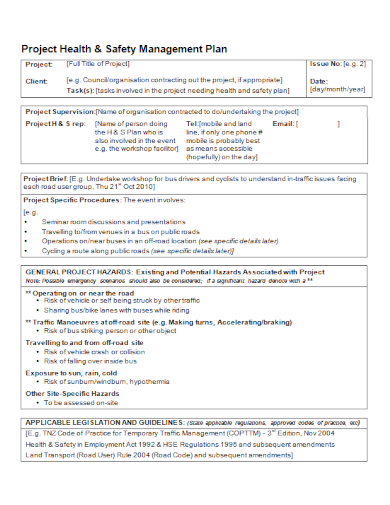Managing workplace health and safety should be integrated into all activities in and around the worksite and your business. It should always be considered especially when you are starting, in the middle of, and sometimes even after the development of a project. Employees have a legal right to be safe at work, especially in worksites that are more susceptible to health hazards like construction sites, laboratories, factories where heavy machinery is operated and the like. And although employers have a legal responsibility to ensure safety in the workplace, responsibilities also fall on the hands of the employees.
Safety is a team effort and and irresponsible action made by a single employee can cause a massive accident that not just affects the whole project, but the entire company as well. This is why a well drafted, well established, clear and concise, project safety management plan should be implemented, in every project every company is working on.
It is critical that your safety management plan in the workplace is comprehensive and strictly follows a coherent structure all throughout, especially for safety plans set in the worksite where the project is taking place. It has to give a proper set of guidelines to be completely followed and provide consultations and evaluations to the people that are part of the project regarding the possible safety matters that might be of concern to them.
The plan must be written in a way that is easily understandable and must be effective and available for the whole duration of the project. Below are several project safety management samples that you can use as a guide in drafting a well written safety management plan.
10+ Project Safety Management Plan Samples
1. Project Safety Management Plan Template
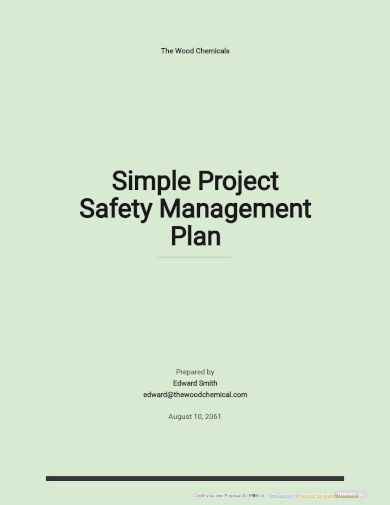
2. Construction Project Safety Management Plan Template
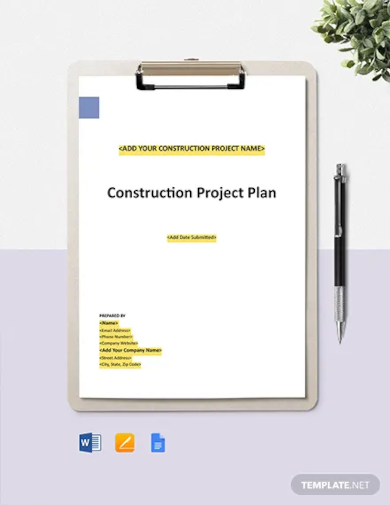
3. Project Health and Safety Management Plan
4. Contractor Project Safety Management Plan
5. Project Safety Risk Management Plan
6. Project Safety Security Management Plan
7. Project Safety Environment Management Plan
8. Project Program Safety Management Plan
9. Project Safety Management System Plan
10. Traffic Project Safety Management Plan
11. Sample Project Health and Safety Management Plan
What Is a Project Safety Management Plan?
A project safety management plan can provide assistance to employers and project directors in managing the worksite and project safety obligations. It’s a written plan that covers the potential hazards in the site and all its policies, controls, and practices to be implemented and followed to minimize those hazards. This document ensures that the employees can operate, safely and confidently, the project, and that they will be taken care of should an accident may occur or when something may compromise their health and safety whilst working on the project. It covers the planning process for accidents and prevention of ill health as well, the chain of command of responsibilities, and the practices, procedures, and resources needed for developing and implementing the safety management plan.
How to Write a Project Safety Management Plan
Since the plan is to be used and disseminated to everyone that is a part of the project, it should be written clearly and comprehensibly, easy to understand and follow. To make sure that everyone is aware of the policies and can easily remember to follow them. Factors that have to be covered are quiet broad and you have to make sure that you are not leaving any detail behind. The key steps in developing an effective safety management plan are as follows;
- Commitment
The plan should establish a proper safety management structure as its supposed to be a set of instructions for the whole workplace to follow. The structure established the chain of command and responsibilities and would ultimately determine who is accountable for all safety related issues in the project site. Assign responsibilities like compliance to the safety management plan, policy development, information dissemination, employee consultation, training, and the budget for the whole safety management plan. Head officers should be able to take care of these while at the same time demonstrate commitment to safety management by signing the plans and responsibilities themselves. - Employee consultation
Since it directly affects the welfare of the employees, their involvement is paramount. Ensure that employees are well informed about relevant safety procedures, the risks, the solutions to those risks, and have the opportunity to provide a meaningful input. Make them see and feel that this system is made for them, and not just for the image of the company. Project directors should also make the effort in getting to know their employees to receive their inputs and opinions regarding the whole safety management plan. - Develop safety procedures
These safety procedures will ultimately depend on the nature and the size of your projects. If it deals with harmful chemicals or operates heavy machinery, then that has to be specifically mentioned and focused upon. Procedures like incident report, hazard management, performance management, health consultations, are common to every worksite and should be included as well. This will dictate the overall effectiveness of your safety management plan, so make sure that every aspect is well covered and taken into account. - Continuous improvement
In the end, safety management plans are live documents. Meaning, it is constantly evolving as changes are made in the worksite. Constantly review your plan’s strengths and weaknesses, making sure that it accurately reflects how your organization and your employees want to go about in managing safety in the project site.
FAQs
What are the four basic principles of safety management?
The four basic principles in safety management are Safety Policy, Safety Risk Management, Safety Assurance, and Safety promotion.
What is safety promotion?
Safety promotion is a set of means, processes and procedures to develop, sustain, and improve workplace safety through raising awareness and policy implementation.
What is safety risk management?
Safety risk management covers the assessment and mitigation of health and safety risks.
Having safety procedures, systems, and training set up in the worksite is essential to avoid health and safety related problems while working on the project. Even in the unfortunate event where an accident may happen, employees would have already been covered in terms of insurance and recovery until they have fully recovered from their possible injuries. Workplace safety is always important, from smaller communities working on a project to large corporations with a massive manpower. and it should always be the project director’s or employer’s top priority in the workplace.
Related Posts
FREE 9+ 30-Day Marketing Plan Samples in PDF | MS Word | Apple Pages | Google Docs
FREE 3+ Sales Team Action Plan Samples in PDF | MS Word | Apple Pages | Google Docs
Marketing Plan For Small Business Samples
FREE 7+ Fashion Business Plan Samples in PDF
FREE 10+ Sprint Planning Samples In MS Word | Google Docs | PDF
FREE 10+ Wedding Planning Samples in MS Word | Apple Pages | Powerpoint | PDF
FREE 9+ Monthly Study Planner Samples in PSD | Illustrator | InDesign | PDF
FREE 9+ Sample Curriculum Planning Templates in PDF | MS Word
FREE 10+ Teacher Development Plan Samples in MS Word | Google Docs | Apple Pages | PDF
FREE 10+ Basketball Practice Plan Samples in PDF
FREE 12+ School Business Plan Samples in PDF | MS Word | Apple Pages | Google Docs
FREE 7+ Client Strategic Plan Samples in PDF | MS Word
FREE 11+ Trucking Business Plan Templates in PDF | MS Word | Google Docs | Pages
FREE 7+ Small Hotel Business Plan Samples PDF | MS Word | Apple Pages | Google Docs
FREE 14+ Bakery Business Plans in MS Word | PDF | Google Docs | Pages

